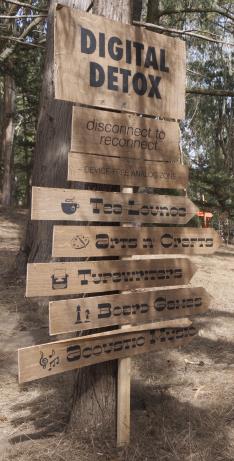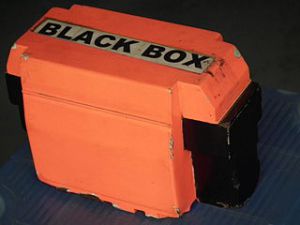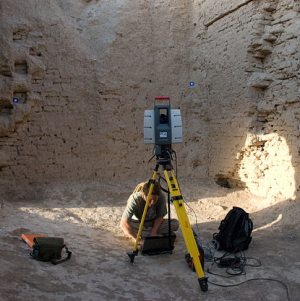
Digital detox has been very much in the news of late, with celebrities from film stars to pop singers to video bloggers attempting to digitally detox for a host of different reasons. Ten years ago, Thomas Friedman, the New York Times op-ed columnist and three-time Pulitzer Prize winner, wrote about continuous partial attention – the consequence of our attempts to multitask when on the Internet or cellphone while watching television, typing an email or paper, and trying to hold a conversation with someone – he called it “the malady of modernity. We have gone from the Iron Age to the Industrial Age to the Information Age to the Age of Interruption”.
He was certainly not the first to draw attention to this – for example, in 1971 Herbert Simon, an American political scientist and Nobel Prize winner, wrote
“In an information-rich world, the wealth of information means a dearth of something else: a scarcity of whatever it is that information consumes. What information consumes is rather obvious: it consumes the attention of its recipients. Hence a wealth of information creates a poverty of attention and a need to allocate that attention efficiently among the overabundance of information sources that might consume it.” (Simon 1971, 40-1).

 Since the mid-1990s the development of online access to archaeological information has been revolutionary. Easy availability of data has changed the starting point for archaeological enquiry and the openness, quantity, range and scope of online digital data has long since passed a tipping point when online access became useful, even essential. However, this transformative access to archaeological data has not itself been examined in a critical manner. Access is good, exploitation is an essential component of preservation, openness is desirable, comparability is a requirement, but what are the implications for archaeological research of this flow – some would say deluge – of information?
Since the mid-1990s the development of online access to archaeological information has been revolutionary. Easy availability of data has changed the starting point for archaeological enquiry and the openness, quantity, range and scope of online digital data has long since passed a tipping point when online access became useful, even essential. However, this transformative access to archaeological data has not itself been examined in a critical manner. Access is good, exploitation is an essential component of preservation, openness is desirable, comparability is a requirement, but what are the implications for archaeological research of this flow – some would say deluge – of information?


